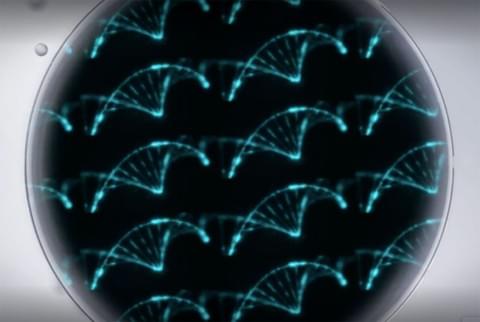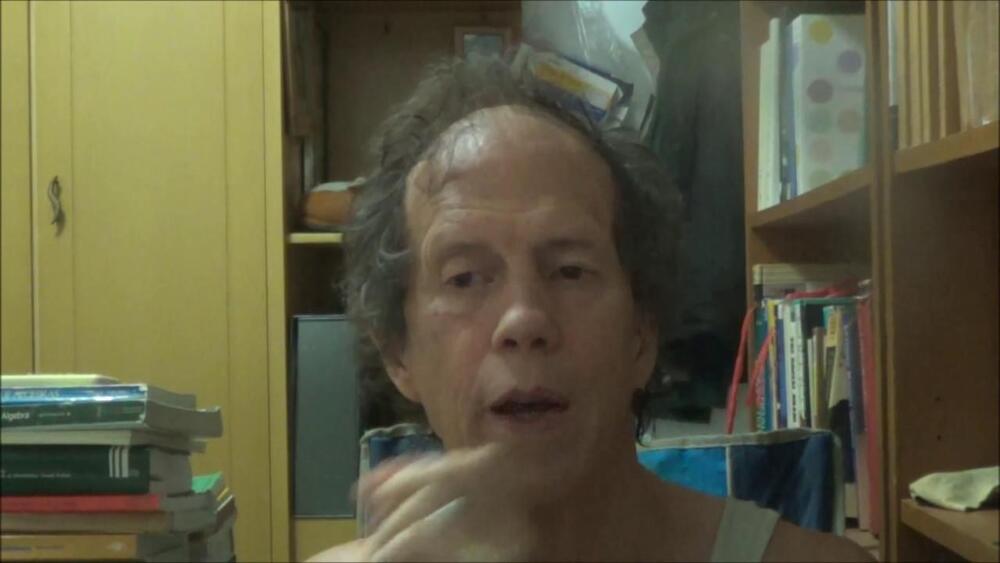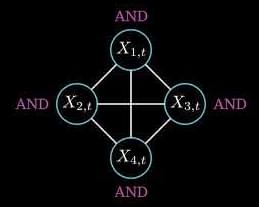Northwestern University researchers have discovered a previously unknown mechanism that drives aging.
In a new study, researchers used artificial intelligence to analyze data from a wide variety of tissues, collected from humans, mice, rats and killifish. They discovered that the length of genes can explain most molecular-level changes that occur during aging.
All cells must balance the activity of long and short genes. The researchers found that longer genes are linked to longer lifespans, and shorter genes are linked to shorter lifespans. They also found that aging genes change their activity according to length. More specifically, aging is accompanied by a shift in activity toward short genes. This causes the gene activity in cells to become unbalanced.









